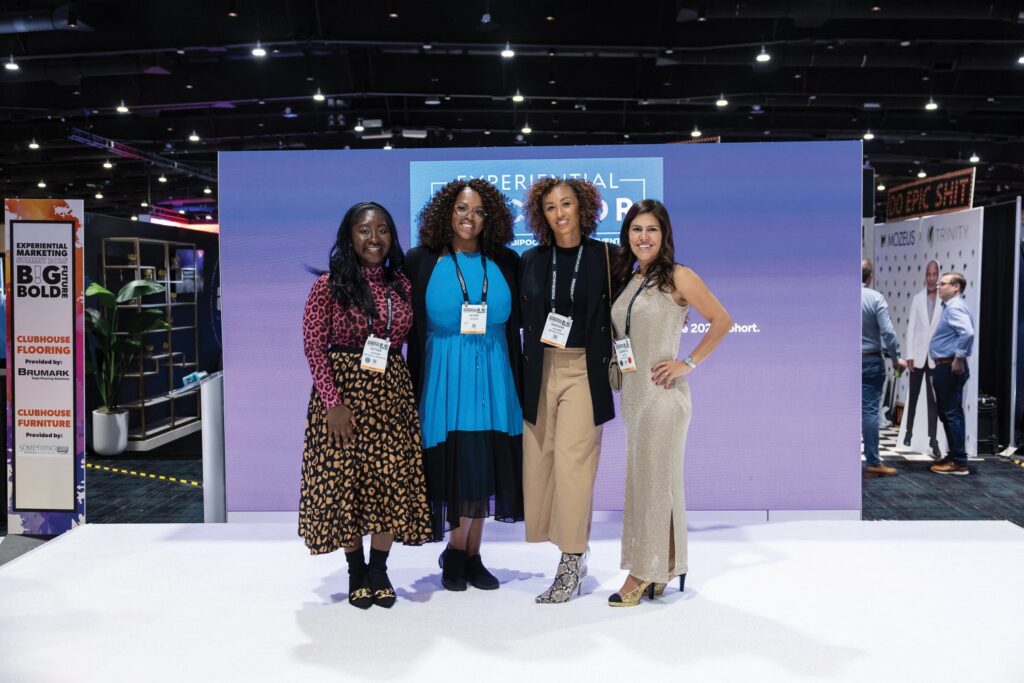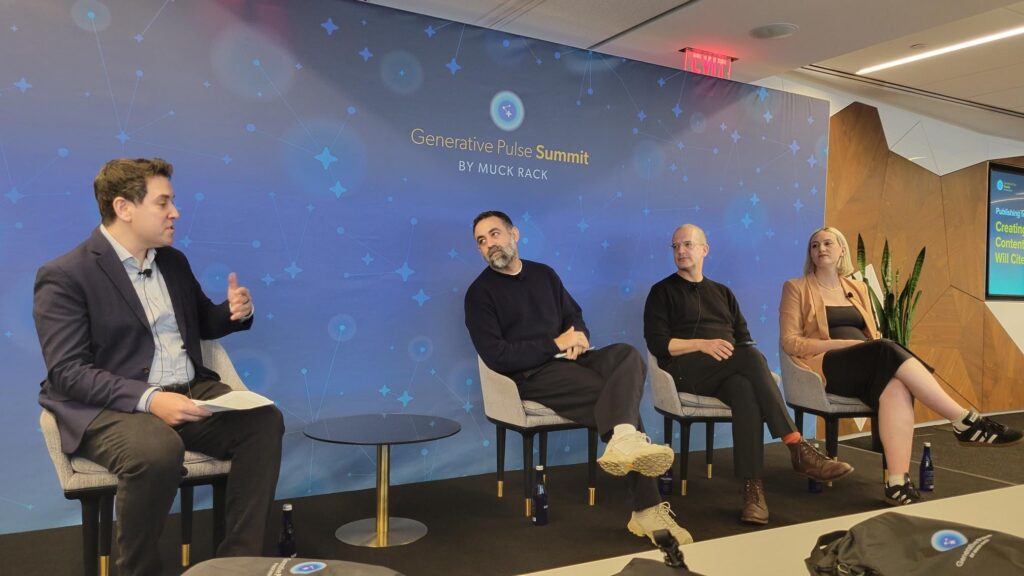If, while attending the National Center for Database Marketing conference, a Sunshine State visitor goes online and books a ticket to a Disney attraction, chances are he or she is a married professional between the ages of 36 and 55. This conventioneer likely makes at least $100,000 per year, has finished college, if not some grad school, and has a household consisting of at least four members.
No, the Amazing Criswell has not come back to life and decided to use his powers as a mentalist to aid segmentation. Walt Disney World uses Personicx, a consumer clustering system from Acxiom Corp., to generate profiles of its customers. People in that profile, which fits two of the 70 segments Personicx offers, make up between 12% and 14% of its online ticket sales.
During the past year, Disney has been using Personicx to gain a fuller view of the customers for its various offerings, as well as insight regarding reaching them. Even among the two segments described above, enough key differences exist to allow customization of the company’s efforts. For example, one segment — “Skyboxes and Suburbans” — is primarily located on the East and West coasts, and tends to have slightly higher incomes as well as younger children. Asian consumers are also represented more often within it.
As a destination marketer looking to generate online interaction, Disney has merged the cluster information with two scores from market research firm MRI. The first, an online travel purchase index, consider whether a given consumer has bought anything online for personal use; made personal or business travel plans via the Web during the last 30 days; or traded stocks, bonds or mutual funds online within the month. This is combined with an overall Internet use score.
This information yields a number of different customer profiles, based on which of Disney’s offerings is being analyzed. Disney Vacation Clubs, which offers resort timeshare opportunities, has found three high-affinity segments that make up 40% of its base. And not only did it identify 14 metropolitan areas that house the majority of its current customers, but it also yielded 10 similar locales that are under-represented in Disney’s file, and represent potential marketing opportunities.
Disney Vacation Clubs has linked specific clusters to individual customers through appended data and online surveys. This has allowed it to tailor online experiences to each consumer segment. Within the Skyboxes and Suburbans cluster, the unit has seen higher satisfaction levels with the site, as well as a greater propensity to visit it. They are more than 2 1/2 times as likely to order vacation-planning online, three-and-half times more likely to register with the Club’s site, and five times as likely to book a vacation online than other consumers. Best of all, they spend well over twice as much with Disney Vacation Clubs.
The clustering has allowed Keith Allen, director of customer intelligence at Walt Disney Corp., to give the creative side of his marketing team personas to consider when it designs outreach efforts. Personicx also provides each cluster with a series of influences, such as the news, cultural events, fads, fashions and other significant events from each group’s formative years. This allows creative designers to generate messages that can add a high emotional content to the marketing pitch.
Allen presented his experiences with this form of life-stage segmentation during the National Center for Database Marketing conference on Monday.



